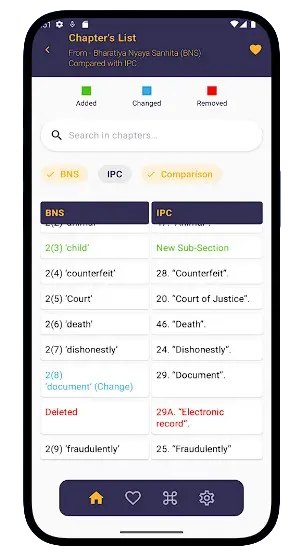Code of Criminal Procedure
(CRPC)
In what cases bail to be taken.
Chapter 33: Provisions As To Bail And Bonds
Section: 436
| UTTAR PRADESH.- In sub-section (1) of Section 436 in the first proviso for the word "discharge" the word "release" shall be substituted. [U.P. Act 1 of 1984 Section 10 w.e.f. 1.5.1984] |

